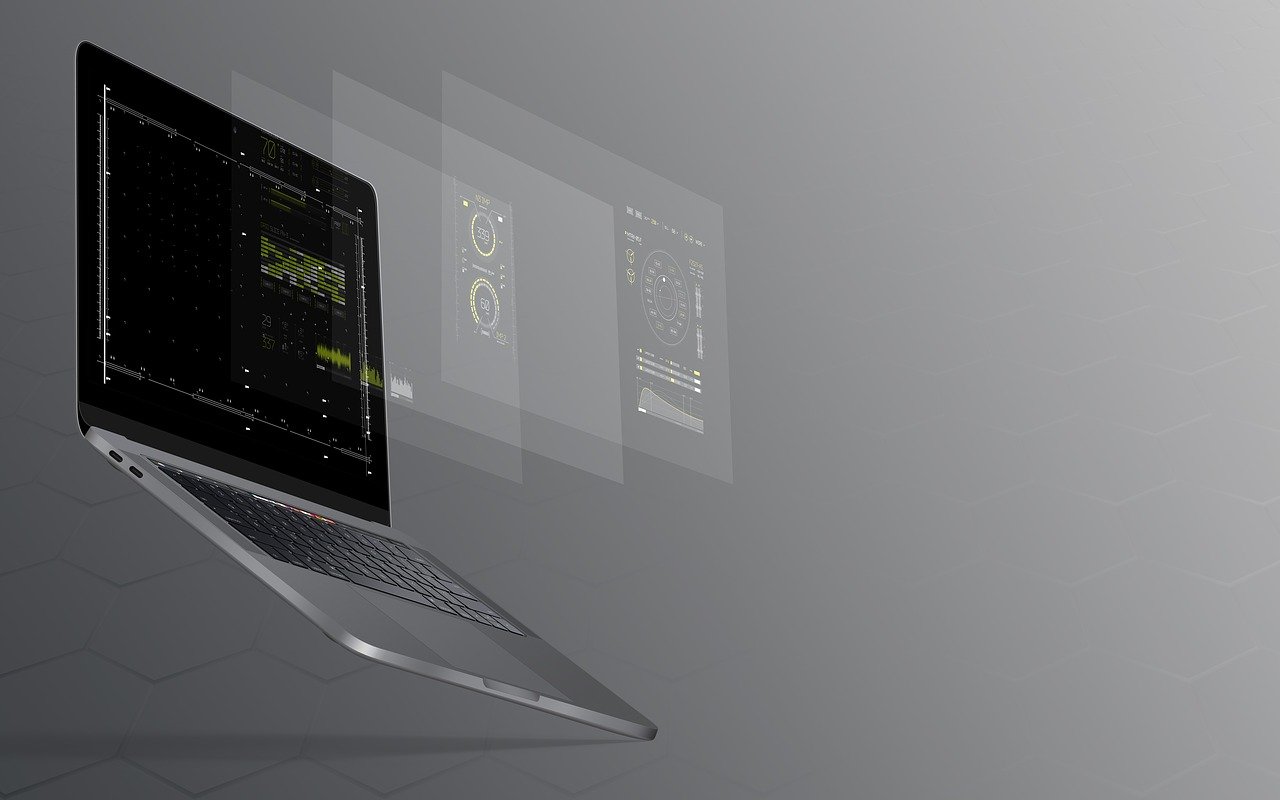For much of the human population, “long term” means “what am I going to eat for dinner tonight?” For others, “long term” might mean the next quarter or year. But looking 10, 25 or 50 years into the future and making predictions is usually reserved for researchers, think tanks, government agencies or futurists.
Indeed, larger organizations like multinational companies who deliver products and services to people worldwide need long lead times to obtain resources, improve designs and manufacture and transport products. One such company is Cisco, which provides network devices and management, IOS and NX-OS software, optical networking, storage area networks, security systems, data centers and more.
Cisco’s Dave Evans, the company’s Chief Futurist, made some long term projections in his 2009 “Point of View” report, “Top 25 Technology Predictions.” Even four years in, we’re already seeing some of the gaugeable predictions are on track to meet or exceed his expectations:
- By 2029, 11 petabytes of storage (see petabyte chart below) will be available for $100—equivalent to 600+ years of continuous, 24-hour-per-day, DVD-quality video. (Source: Cisco IBSG, 2009)
- In the next 10 years, we will see a 20-time increase in home networking speeds. (Source: Cisco IBSG, 2009)
- By 2013, wireless network traffic will reach 400 petabytes a month. Today, the entire global network transfers 9 exabytes per month. (Source: FCC Head Julius Genachowski)
- By the end of 2010, there will be a billion transistors per human—each costing one ten-millionth of a cent. (Sources: Intel Corporation; Cisco IBSG, 2006-2009; IBM)
- The Internet will evolve to perform instantaneous communication, regardless of distance. (Source: Cisco IBSG, 2009)
- The first commercial quantum computer will be available by mid-2020. (Source: Cisco IBSG, 2009)
- By 2020, a $1,000 personal computer will have the raw processing power of a human brain. (Sources: Hans Moravec, Robotics Institute, Carnegie Mellon University, 1998; Cisco IBSG, 2006-2009)
- By 2030, it will take a village of human brains to match a $1,000 computer. (Sources: Hans Moravec, Robotics Institute, Carnegie Mellon University, 1998; Cisco IBSG, 2006-2009)
- By 2050 (assuming a global population of 9 billion), $1,000 worth of computing power will equal the processing power of all human brains on earth. (Sources: Hans Moravec, Robotics Institute, Carnegie Mellon University, 1998; Cisco IBSG, 2006-2009)\
- Today, we know 5 percent of what we will know in 50 years. In other words, in 50 years, 95 percent of what we will know will have been discovered in the past 50 years.
- The world’s data will increase sixfold in each of the next two years, while corporate data will grow fiftyfold. (Source: Technorati)
- By 2015, Google will index approximately 775 billion pages of content. (Source: Cisco IBSG, 2009)
- By 2015, we will create the equivalent of 92.5 million Libraries of Congress in one year. (Source: www.humanproductivitylab.com)
- By 2020 worldwide, the average person will maintain 130 terabytes of personal data (today it is ~128 gigabytes). (Source: Cisco IBSG, 2009)
- By 2015, movie downloads and peer-to-peer file sharing will explode to 100 exabytes, equivalent to 5 million Libraries of Congress. (Source: www.humanproductivitylab.com)
- By 2015, video calling will be pervasive, generating 400 exabytes of data—the equivalent of 20 million Libraries of Congress. (Source: www.humanproductivitylab.com)
- By 2015, the phone, web, email, photos, and music will explode to generate 50 exabytes of data. (Source: www.humanproductivitylab.com)
- Within two years, information on the Internet will double every 11 hours. (Sources: University of California at Berkeley School of Information Management and Systems; IBM)
- By 2010, 35 billion devices will be connected to the Internet (nearly six devices per person on the planet). (Source: Cisco IBSG, 2009)
- By 2020, there will be more devices than people online.
- With IPv6, there will be enough addresses for every star in the known universe to have 4.8 trillion addresses. (Source: Cisco IBSG, 2009)
- By 2020, universal language translation will be commonplace in every device. (Source: Cisco IBSG, 2009)
- In the next five years, any surface will become a display. (Source: Cisco IBSG, 2009)
- By 2025, teleportation at the particle levitation will begin to occur. (Source: Cisco IBSG, 2009)
- By 2030, artificial implants for the brain will take place. (Source: Cisco IBSG, 2009)
Report available at Cisco.com.






